In the vast landscape of mental health interventions, art therapy emerges as a profoundly effective tool, bridging the gap between the tangible and the intangible. Defined broadly, art therapy is a form of psychotherapy that uses the creative process of making art to improve a person’s physical, mental, and emotional well-being. The American Art Therapy Association defines art therapy as “..a mental health profession that enriches the lives of individuals, families, and communities through active art-making, creative process, applied psychological theory, and human experience within a psychotherapeutic relationship.”
The beauty of art therapy lies not just in the creation of art, but in the exploration of one’s inner world and the non-verbal expression that words can’t capture. This blog post delves into the essence, techniques, and undeniable benefits of art therapy, illustrating its potential to transform lives by fostering healing, self-discovery, and emotional wellness.
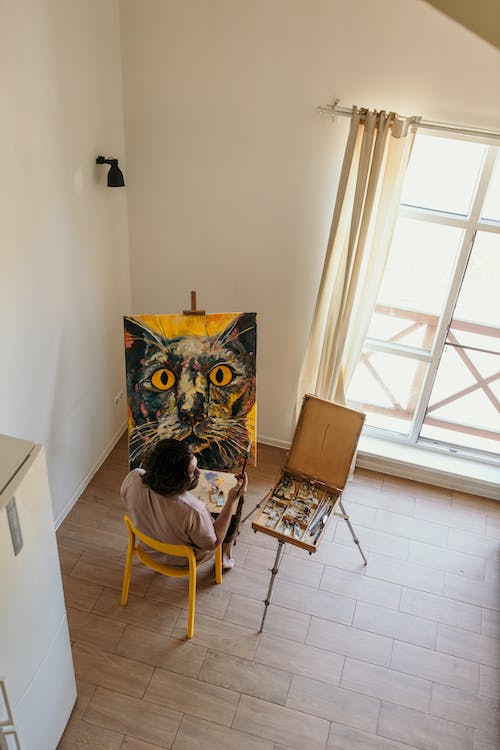
The Principles of Art Therapy
Art therapy rests on a foundation of theoretical principles that differentiate it from traditional therapy forms. At its core, it integrates psychotherapeutic techniques with the creative process to facilitate self-exploration and understanding. Unlike conventional therapy, which often relies heavily on verbal communication, art therapy allows for a unique expression through visual and tactile mediums. This approach can be particularly beneficial for those who find it challenging to express their feelings and thoughts verbally.
Dr. Sarah Deaver, the President of the American Art Therapy Association, in an interview with The Huffington Post says “The biggest advantage is that art can express things that are not expressible verbally. That’s a huge advantage for people who don’t have the language to talk about what’s inside of them, children or adults. In many ways it bypasses the kinds of defensive thinking that can get expressed in verbal therapy. Such as, “Oh, I didn’t mean to say that,” or, “What I really meant was…” Art therapy is a very rich avenue for self expression.”
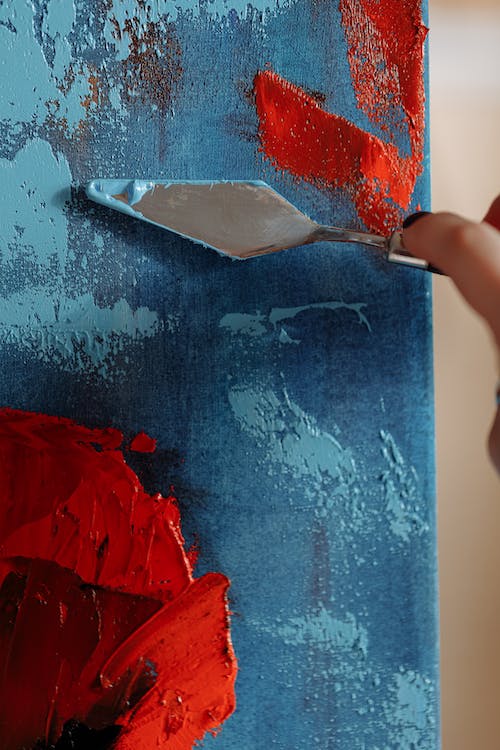

Techniques and Modalities
The modalities of art therapy are as diverse as the individuals it serves, encompassing a range of techniques from drawing and painting to sculpture and collage. Each modality offers a different pathway for expression and healing, with art therapists tailoring their approach to meet the specific needs and preferences of their clients.
According to an article by positivepsychology.com, expressive arts therapy is conducted by a therapist who uses art in their therapy while creative art therapy is conducted by an art professional who has completed graduate training in art therapy.
Drawing and painting exercises are helpful for communicating emotions or mind states that are difficult to express in words. Sculpting is also a powerful tool because clay can be molded directly to express abstract ideas as well as representational forms. Some sessions can include mask making, which is helpful in expressing various identities, states, and strengths of an individual.
Movement therapy is also a useful form of therapy involving dance or movement, not only to express oneself, but also to combat issues like anxiety and depression. Movement, stance, posture, all affect our moods. Writing, poetry, performances, and filmmaking play a significant role in art therapy too, where a person is able to think and express through stories, metaphors and symbolism.
And there are many more exercises and techniques available through art therapy that help tackle a wide and diverse range of situations.
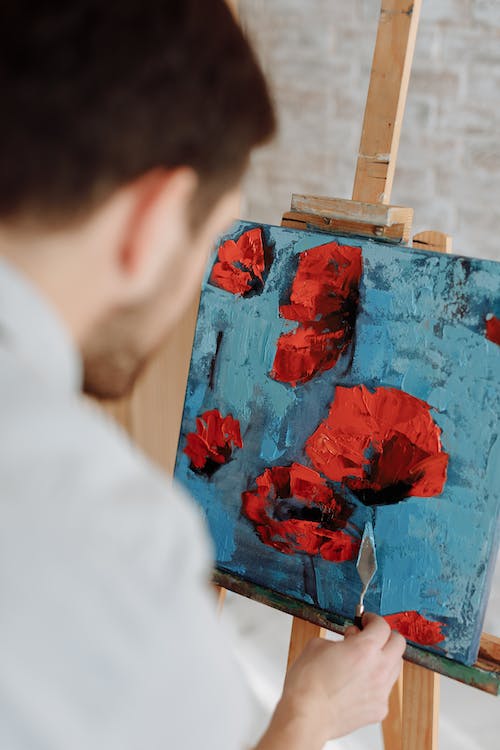

The Benefits of Art Therapy
The therapeutic benefits of art therapy are extensive, offering emotional, psychological, and sometimes physical relief. Through the act of creation, individuals can find a voice for unspoken emotions, leading to significant emotional release and stress reduction.
This part of the post would delve into how art therapy aids in expressing feelings, reducing anxiety, and coping with trauma, providing evidence from recent studies and expert opinions to underscore its effectiveness.
Emotional Expression and Release
One of the primary advantages of art therapy is its ability to foster an environment where individuals feel safe to express their innermost feelings. Through the manipulation of art materials and the creation of artwork, people can explore complex emotions, ranging from joy and satisfaction to anger and despair, in a controlled and therapeutic setting. This process of expression is crucial, as it provides a physical shape to feelings, making them easier to understand and work through. The act of externalizing emotions through art can lead to significant emotional release, offering relief from feelings that may have been bottled up or repressed for years.
Reducing Anxiety and Stress
Art therapy has been shown to play a significant role in reducing symptoms of anxiety and stress. Engaging in artistic activities can shift focus away from distressing thoughts and provide a meditative, immersive experience. This shift not only reduces the immediate feelings of stress but also contributes to a more prolonged state of calmness and relaxation. The sensory experience of art-making—such as the feel of a brush on canvas or the molding of clay—can serve as a form of mindfulness practice, anchoring individuals in the present moment and alleviating anxieties about the past or future.
Coping with Trauma
For those who have experienced trauma, articulating the experience and its impact can be exceptionally challenging. Art therapy offers a non-verbal mode of communication that can be particularly beneficial in these cases. It allows individuals to symbolically represent their experiences and emotions without the need for words, which can sometimes re-trigger trauma. Through creating art, individuals have the opportunity to process and integrate traumatic memories, facilitating a sense of mastery over their experiences. The therapeutic setting provides a safe space for this exploration, where the individual’s pace and readiness to confront their trauma are respected and supported.
Evidence of Effectiveness
Recent studies and clinical research provide substantial evidence supporting its effectiveness. For instance, a study published in the Journal of the American Art Therapy Association found that participants who engaged in art therapy experienced significantly lower levels of anxiety and depression, compared to those who did not participate in such activities. Similarly, expert opinions within the field underscore the versatility of art therapy in addressing a broad spectrum of mental health issues, from everyday stress and anxiety to complex psychological disorders.
Art therapy’s holistic approach to healing emphasizes the interconnectedness of mind, body, and spirit. By facilitating emotional expression, reducing anxiety, and aiding in the processing of trauma, art therapy contributes to overall well-being and psychological resilience. The evidence supporting its benefits is a testament to the power of creative expression as a tool for healing, offering a promising avenue for those seeking alternative or complementary therapeutic interventions.
Success Stories
Personal anecdotes and case studies serve as powerful testaments to the impact of art therapy. The effectiveness of art therapy in facilitating emotional release and stress reduction is well-documented, reflecting its capacity to serve as a powerful conduit for healing and personal growth. By sharing stories from individuals who have experienced profound change and healing through art therapy, this section offers readers both inspiration and tangible evidence of its benefits.
Healthtimes.com, in their article covering Art Therapy (which you can read here), Tells the stories of three people, “A child on the Autism spectrum, a young woman coping with work stress and a boy dealing with the separation of his parents” and how they found success through art therapy.
Another article on alustforlife.com, written by Andy Macia, describes a young mans problems with addiction and then subsequent recovery using art therapy. You can read it here.
Getting Started
For readers interested in exploring art therapy, whether for personal growth or as a means of coping with mental health issues, this section provides practical advice on how to begin.
Where to Find Professionals
If you are looking for a qualified art therapist in the US, or would like to know where to learn more about art therapy, The American Art Therapy Association is a great place to start. On their Resources tab, you can find an art therapist locator which will help you find professionals in your area. For the rest of the world, The Global Art Therapy Alliance provides a list of art therapy associations globally.
What To Expect
You can expect an art therapy session to go like this: A person comes in with a problem, and the trained professional suggests the use of certain art media and/or exercises to explore that problem in a way that leads to insights and discovery. The therapist is there to guide the client through the process, and train the client on noticing things themselves.
At Home Art Therapy Exercises
While nothing could replace working with a skilled professional, there are some DIY exercises you can do at home to get a taste for art therapy. Shelley Klammer, a counceling therapist and expressive arts educator, has compiled a list of 100 exercises to deal with a wide range of situations like emotions, relaxation, happiness, self reflection, gratitude, trauma and loss, and more. Check out the full list here.
Conclusion
As we navigate the complexities of mental health, art therapy stands out as a beacon of hope, offering a path to healing that is both creative and cathartic. By engaging in art therapy, individuals of all ages and backgrounds can embark on a journey of self-discovery, emotional release, and ultimately, transformation. Whether through professional guidance or personal exploration, the world of art therapy beckons, promising a therapeutic experience that is as enriching as it is enlightening. Let us embrace the power of art as a tool for healing, and in doing so, unlock the full potential of our mental and emotional well-being.
References
https://arttherapy.org/about-art-therapy/
https://www.huffpost.com/entry/art-therapy-guide_n_6755178
https://positivepsychology.com/expressive-arts-therapy/
https://www.alustforlife.com/tools/mental-health/how-art-therapy-helped-me-heal-from-addiction
https://intuitivecreativity.typepad.com/expressiveartinspirations/100-art-therapy-exercises.html

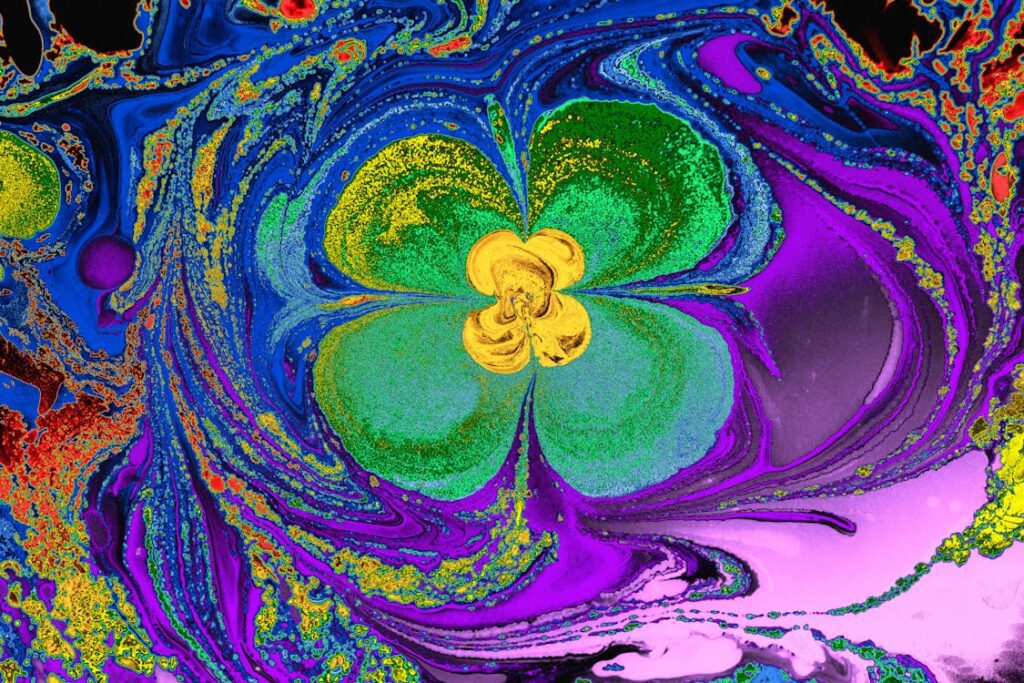
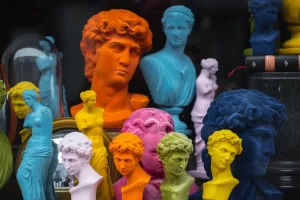
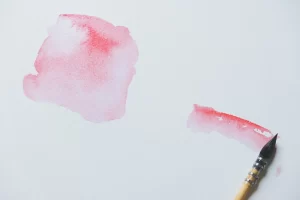
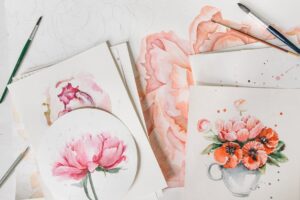


One Response
Nice 🙂